
In the realm of gold mining and extraction, maximizing the gold leaching recovery rate is of utmost importance. It directly impacts the economic viability of the operation, as higher recovery rates mean more gold is obtained from the ore, increasing profits and reducing the cost per ounce of gold produced. This article delves into various aspects of optimizing gold leaching recovery, covering everything from understanding the ore characteristics to implementing advanced leaching techniques and process control.
Understanding the Ore
Mineralogy and Gold Occurrence
The first step in optimizing gold leaching recovery is a comprehensive understanding of the ore's mineralogy. Gold can occur in various forms within the ore. It may be present as free native gold, where it is not chemically bound to other minerals and can be relatively easily extracted. However, in many cases, gold is associated with sulfide minerals such as pyrite, arsenopyrite, and chalcopyrite. In such situations, the sulfide minerals can encapsulate the gold particles, making it difficult for the leaching agent to access the gold. For example, in refractory gold ores, the gold is often finely disseminated within the sulfide matrix, and conventional cyanide leaching may not be effective without prior treatment.
Particle Size Distribution
The particle size of the ore plays a crucial role in the leaching process. Finer particle sizes generally result in higher surface area exposure of the gold-bearing minerals to the leaching solution. When the ore is ground to an appropriate size, more gold can be exposed, facilitating better contact with the leaching agent. However, over-grinding should be avoided as it can lead to increased energy consumption, higher reagent costs, and potential problems such as slime formation. Slimes can impede the flow of the leaching solution and cause issues in subsequent solid-liquid separation steps. Therefore, it is essential to determine the optimal particle size through laboratory testing and pilot plant studies for each specific ore type.
Pretreatment Methods
Oxidative Pretreatment
For refractory gold ores, oxidative pretreatment is often necessary to break down the sulfide minerals and expose the entrapped gold. There are several methods of oxidative pretreatment:
Roasting: This involves heating the ore in the presence of oxygen. Sulfide minerals are oxidized, and the gold-bearing particles are liberated. Roasting can be effective in improving gold recovery, but it has some drawbacks. It can produce sulfur dioxide and other harmful gases, which require proper environmental control measures. Additionally, over-roasting or under-roasting can occur, affecting the subsequent leaching process.
Biooxidation: This method uses microorganisms, such as certain bacteria, to oxidize the sulfide minerals. Biooxidation is a more environmentally friendly option compared to roasting. The bacteria break down the sulfide matrix, releasing the gold. It is a relatively slow process but can be cost-effective for large-scale operations. For example, in some gold mines, biooxidation has been successfully implemented to treat refractory ores, significantly increasing the gold leaching recovery.
Pressure Oxidation: In pressure oxidation, the ore is treated at high temperatures and pressures in the presence of oxygen. This can be either acidic or alkaline pressure oxidation. Acidic pressure oxidation is effective for ores with high sulfide content. The high temperature and pressure conditions accelerate the oxidation of sulfide minerals, making the gold more accessible for leaching.
Physical Pretreatment
Physical pretreatment methods can also be used to enhance gold leaching. Crushing and grinding are fundamental physical processes. As mentioned earlier, proper grinding to the right particle size is crucial. Additionally, techniques such as gravity separation can be employed to concentrate the gold-bearing fractions before leaching. Gravity separation takes advantage of the density differences between gold and other minerals in the ore. By using equipment like jigs, shaking tables, or spiral concentrators, a higher grade gold concentrate can be obtained, which can then be subjected to leaching. This can improve the overall efficiency of the leaching process and increase the gold recovery rate.
Leaching Process Optimization
Selection of Leaching Agents
The choice of leaching agent is a critical factor in optimizing gold leaching recovery. Cyanide is the most commonly used leaching agent in the gold industry. It forms a complex with gold, allowing it to dissolve in the solution. However, cyanide is highly toxic, and its use requires strict environmental and safety precautions. In recent years, there has been a growing interest in alternative leaching agents:
Thiosulfate: Thiosulfate leaching is a promising alternative to cyanide leaching. It is less toxic and can be effective in leaching gold from certain types of ores, especially those containing copper or other impurities that can interfere with cyanide leaching. Thiosulfate forms a complex with gold, similar to cyanide, but the reaction mechanism is different.
Halide-based Leaching Agents: Chloride, bromide, and iodide-based leaching agents have also been studied. Chloride leaching, for example, can be used to leach gold from ores in an acidic medium. These agents can be effective in specific ore conditions, but they may also have challenges such as corrosion of equipment and complex solution chemistry.
Leaching Conditions
The conditions under which the leaching process occurs significantly impact the gold recovery rate:
pH Control: In cyanide leaching, maintaining the appropriate pH is crucial. A high pH (usually around 10 - 11) is required to prevent the formation of hydrogen cyanide gas, which is highly toxic. In thiosulfate leaching, the optimal pH may be different, typically around 8 - 9. Proper pH control ensures the stability of the leaching agent and the effectiveness of the gold complexation reaction.
Temperature: Increasing the temperature generally enhances the leaching rate as it speeds up the chemical reactions. However, there are limitations. In cyanide leaching, very high temperatures can cause the decomposition of cyanide. In pressure leaching processes, higher temperatures are used to drive the oxidation and leaching reactions, but they require specialized equipment to withstand the high-pressure and high-temperature conditions.
Agitation: Agitation in the leaching tank helps to ensure good contact between the ore particles and the leaching solution. It also helps to prevent settling of the ore particles. Different types of agitation, such as mechanical stirrers or air sparging, can be used. Intense agitation can improve the leaching rate, but it also requires more energy.
Leaching Techniques
Heap Leaching: Heap leaching is a widely used method for low-grade gold ores. The ore is stacked in large heaps on an impermeable liner, and the leaching solution is sprayed onto the heap. The solution percolates through the ore, dissolving the gold. To optimize heap leaching, factors such as proper heap construction (to ensure uniform solution distribution), control of the irrigation rate, and monitoring of the solution chemistry are essential. For example, ensuring that the ore particles are of a suitable size and that there is no segregation in the heap can improve the leaching efficiency.
Tank Leaching: In tank leaching, the ore is leached in large tanks. This allows for better control of the leaching conditions compared to heap leaching. Tank leaching can be used for higher-grade ores or when more precise control over the process is required. Different tank leaching configurations, such as continuous or batch leaching, can be employed depending on the ore characteristics and the scale of the operation.
Solid-Liquid Separation and Gold Recovery
Solid-Liquid Separation
After the leaching process, efficient solid-liquid separation is necessary to separate the gold-bearing solution from the solid residue. Common methods include filtration and sedimentation. In filtration, filter presses or vacuum filters can be used to separate the solids from the liquid. The choice of filter media is important to ensure effective separation while minimizing the loss of gold in the filter cake. Sedimentation, using thickeners or clarifiers, can also be employed to settle the solids and separate the clear gold-bearing solution. The efficiency of solid-liquid separation impacts the overall gold recovery rate, as any gold remaining in the solid residue represents a loss.
Gold Recovery from the Leach Solution
Once the gold-bearing solution is separated, various methods can be used to recover the gold:
Carbon-in-Pulp (CIP) and Carbon-in-Leach (CIL): In CIP, activated carbon is added to the leach solution after the leaching process is complete. The gold is adsorbed onto the carbon, which is then separated from the solution. In CIL, the carbon is added during the leaching process itself. These methods are widely used and can achieve high gold recovery rates. The adsorbed gold on the carbon is then eluted and further processed to obtain pure gold.
Electrowinning: Electrowinning involves passing an electric current through the gold-bearing solution. Gold is deposited onto a cathode, while other impurities remain in the solution. This method can be effective for recovering gold from solutions with relatively high gold concentrations. However, it requires careful control of the electrical parameters to ensure efficient gold deposition.
Process Monitoring and Control
Analyzing Key Parameters
Continuous monitoring of key parameters in the gold leaching process is essential for optimization. Parameters such as the concentration of the leaching agent, the pH of the solution, the temperature, and the gold concentration in the leach solution should be regularly analyzed. Online analyzers can be used to provide real-time data, allowing for immediate adjustments to the process. For example, if the cyanide concentration in the leach solution drops below the optimal level, more cyanide can be added promptly to maintain the leaching efficiency.
Implementing Control Systems
Automated control systems can be implemented to regulate the process based on the monitored parameters. These systems can adjust variables such as the addition rate of reagents, the agitation speed, and the temperature. For instance, a feedback control system can be used to adjust the pH of the leach solution by adding acid or alkali automatically based on the measured pH value. Implementing such control systems helps to maintain consistent process conditions, leading to more stable and higher gold leaching recovery rates.
In conclusion, optimizing gold leaching recovery is a multi-faceted process that requires a deep understanding of the ore, proper selection and implementation of pretreatment methods, optimization of the leaching process itself, efficient solid-liquid separation and gold recovery techniques, and effective process monitoring and control. By carefully considering and implementing these strategies, gold mining operations can significantly improve their gold leaching recovery rates, enhancing their economic performance and sustainability in the long run.
- Random article
- Popular articles
- Popular comments
- Gold Mine Heap Leaching: Optimal Process
- Arsenic Gold Ore Oxidation Roasting Pretreatment Process
- Lithium ore combined beneficiation process
- Lithium Ore Processing: Gravity Separation and Flotation
- Zirconium Ore Processing: Gravity, Magnetic, and Flotation Methods
- Chromite Gravity, Magnetic, and Electric Separation Process
- Antimony Ore Hand Picking Process for Color Sorting

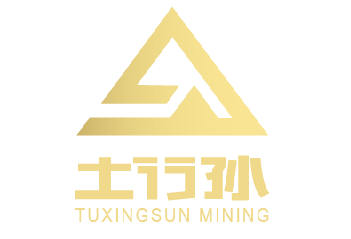

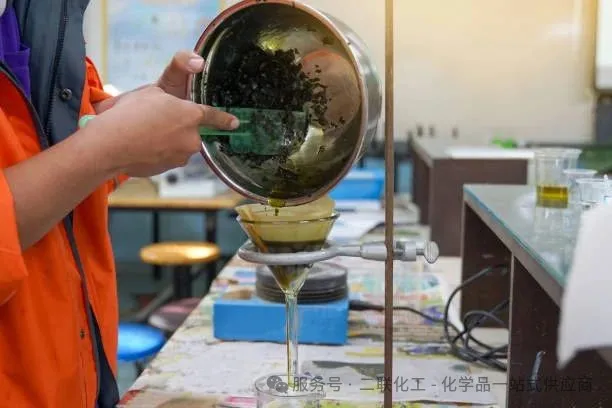
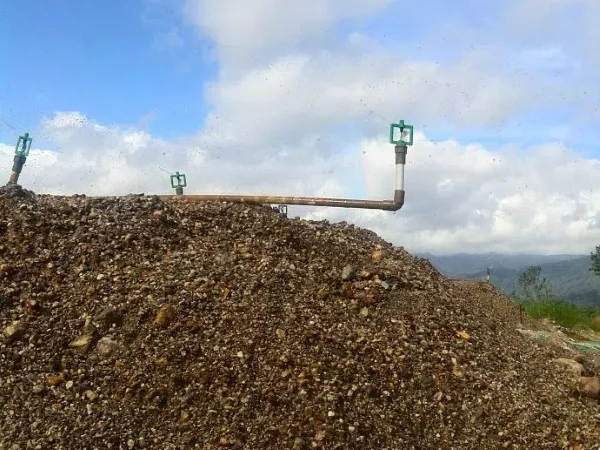
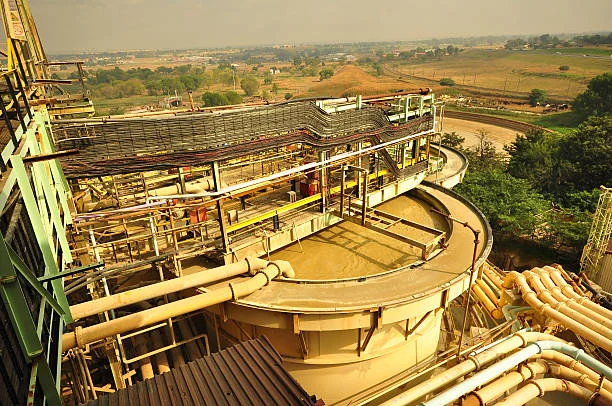
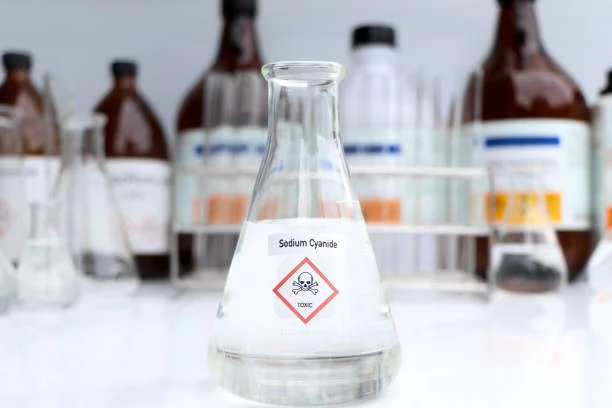

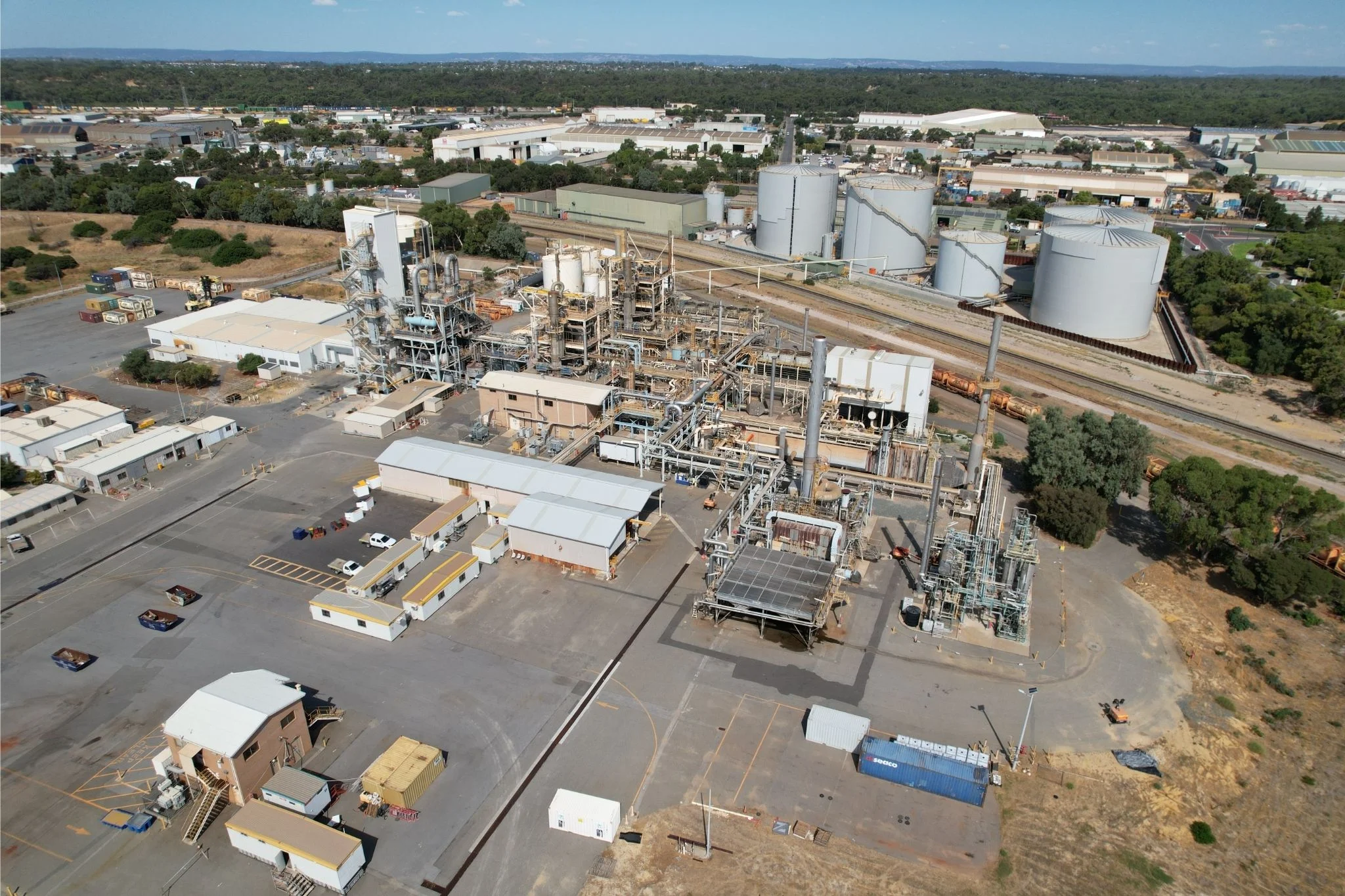



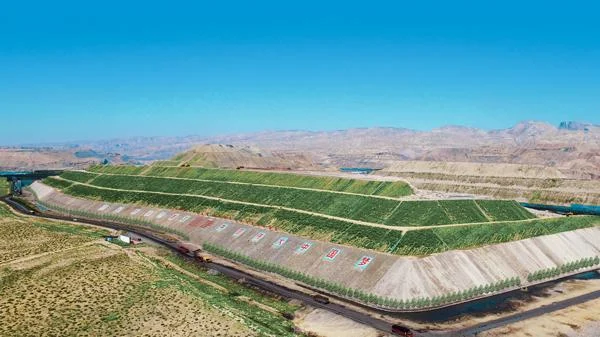

Leave a message with your needs or comments
Add comment: